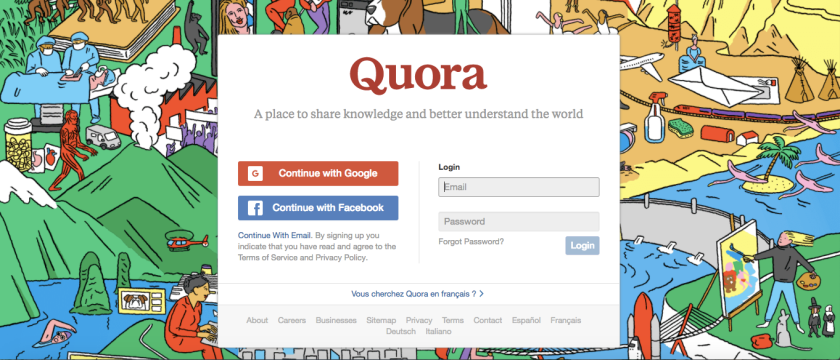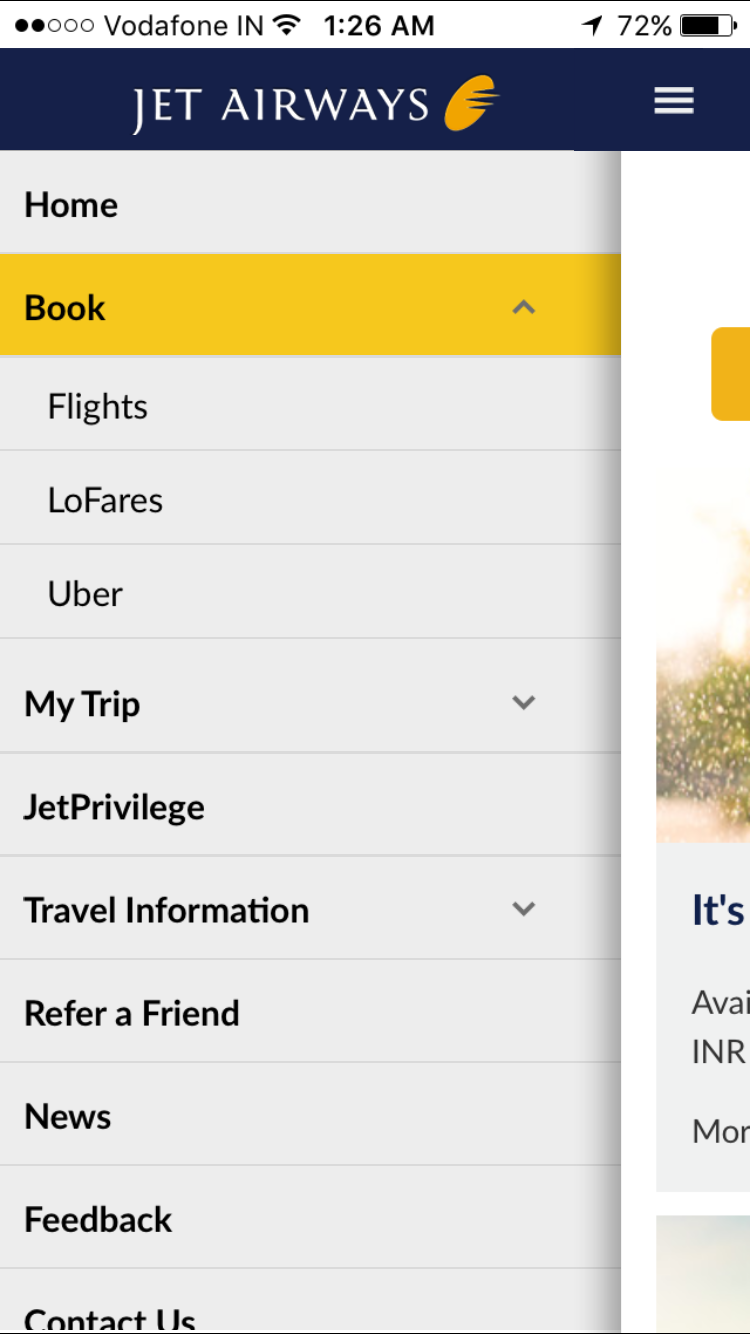I recently got an email from my airline app that I could book my car ride within the same app. It was a way of providing end-to-end services. Much like the home pickup and drop service provided for business class customers by the Emirates. What are the implications of these for the customer, the airline, and the cab-hailing firm? Let’s explore.
It is an app-redirect
First, read the terms of how it works in the case of Jet Airways and Uber here. The substantive part of the T&C is hidden in the paragraphs quoted below:
“PLEASE NOTE, YOU ARE MAKING THE PAYMENT TO UBER DIRECTLY. JET AIRWAYS IS NOT RESPONSIBLE / INVOLVED IN THIS FULFILMENT PROCESS. JET AIRWAYS WILL NOT BE LIABLE AND/OR RESPONSIBLE FOR REFUNDS, DELAYS, REJECTIONS, PAYMENT AND FULFILLMENT OR OTHERWISE OF THE SERVICES OR IN RESPECT OF ANY DISPUTES IN RELATION THERETO, IN ANY MANNER WHATSOEVER.” (emphasis original)
Then, what is the value of this app-in-app integration?
Customer perspective
For the customer, it has the potential to work as a seamless end-to-end service. I imagine a future, where you would find a partner using Tinder or TrulyMadly, plan your evening to a game/ movie using BookMyShow, find a restaurant & book your table using Zomato, and take Uber whenever you are ready to move on, or better still, have an Ola Rentals car waiting for you through the evening. All in one app. Wouldn’t you love it, if all of it were integrated in one App? Just imagine the convenience if your restaurant-finder knew that you are in a particular concert at a specific place and you are likely to head out for dinner at a particular time. This specific knowledge could immensely help your restaurant-finder app to customize the experience for you – for instance, it could not only provide you those restaurant options that are open late in the evening after the concert was over, in a location that is close to the venue; it could possibly alert the restaurant that you were arriving in 15 minutes, based on your Uber location. And through the evening, post your pictures on Instagram and SnapChat, check-in to all those locations in Facebook, and Tweet the experience live.
Yes, you would leave a perfect trail for the entire evening in a single place, and if you were to be involved in an investigation, it would be so easy for the officer to trace you! No need for Sherlock Holmes and Watson here – the integrator app would take care of all the snooping for you!
Convenience or scary? What are the safeguards related to such data sharing across different entities? How will the data be regulated?
The Integrator perspective
Why would a Jet Airways provide an Uber link inside its App? Surely cab-hailing and air travel are complementary services. Plus, Jet Airways believes that its customers would find it convenient to book an Uber ride from within the Jet Airways app, as they trust the app to provide Uber with all the relevant details – like the estimated landing/ boarding time of the flight, drop/ pickup addresses, etc. Jet Airways also needs to believe that its customers would rather choose an Uber cab, rather than its competitor OLA Cabs, or any other airport taxi service. The brands should have compatible positioning. Given that Jet Airways is a full service carrier, and differentiates based on its service quality, Uber might be a good fit. But the same might not hold good for a low-cost/ regional carrier like TruJet connecting cities like Tirupati, where Uber does not operate.
Does integrating complementary services affect customer satisfaction, brand loyalty, customer switching costs, and/or multi-homing costs? In contexts where these services and brands are compatible, and there is a convenience involved in sharing of data between these services, there is likely to be some value added. Like airlines and hotels (hotels would like to know your travel schedule); currency exchanges and international travel (the currency exchange would love to know which countries you are visiting); or international mobile services. If there was no data to be shared between the complementary services, the user would rather have them unbundled. Think travel and stock brokerage.
That said, platforms find innovative complementarities. For instance, airlines (primarily the full-service carriers) have launched co-branded credit cards. In a recent visit to Chennai, there were more American Express staff at the Jet Airways lounge than the airline or lounge staff! And they were obviously signing up customers. What are the complementarities between credit cards and air travel, apart from paying from that card? A lot of business travellers have their business travel desks do the payments; consultants have their clients booking the tickets; and even for individuals and entrepreneurs, the credit card market is so fragmented that everyone holds multiple cards. And the payment gateways accept all possible payment options, including “paying cash at the airport counter”. They why co-brand credit cards – sharing of reward points/ airline miles. Either customers do not earn sufficient airline miles and using these co-branded credit cards help them earn more miles and retain/ upgrade their airline status (remember the 2009 movie, Up in the Air?); or they do not earn enough reward points in using their credit cards that they can redeem their airline miles as credit card reward points. Either ways, each one is covering up for the other.
In this covering up, or more diplomatically consolidation of rewards, the partners increase customer switching and multi-homing costs. Surely, redeemable airline miles might be more valuable to a frequent traveller than credit card reward points that have limited redemption/ cash back opportunities. But for loyalty to increase, it is imperative that both brands stand on their own – providing compatible services.
Mother of all apps
All this looks futuristic to you? A lot of you have been using an ubiquitous desktop app known as the browser for a long time, which has been doing exactly this! In a subtle form, though. However, there are firms that own multiple such apps, and they use a single sign-on – like all of Google services. Plus, even third-party sites like Quora allow for using your Google credentials to sign-in. The trade-offs are not always explicitly specified – it is always the case of caveat emptor – consumer beware.

So, the next time you experience some cross-marketing across platforms/ apps, think what data might be shared across both the apps; and if you would really value the integration.
Cheers!
(c) 2017. R Srinivasan


The companies that will benefit from App in App or Platform of Platforms are mobile phone OS companies. There are two developments that are worth mentioning – We Chat in China is aggregating services, Help Chat failed in India and later on changed its strategy – application using phone analytics to make recommendations is on the rise. Now the question that strikes my mind is – what will happen to mobile phone OS. Will it transform into a personal assistant? An OS system that will automatically do things for you after understanding your preferences – like reminding you that you have to pay your telephone bill and then pay it for you. App in App, or platform of platforms as i call it, is something that is very interesting, and in the short run can definitely help new app based service providers to harness the network effects already established by AIA – PoP semi cognitive platforms.
LikeLike